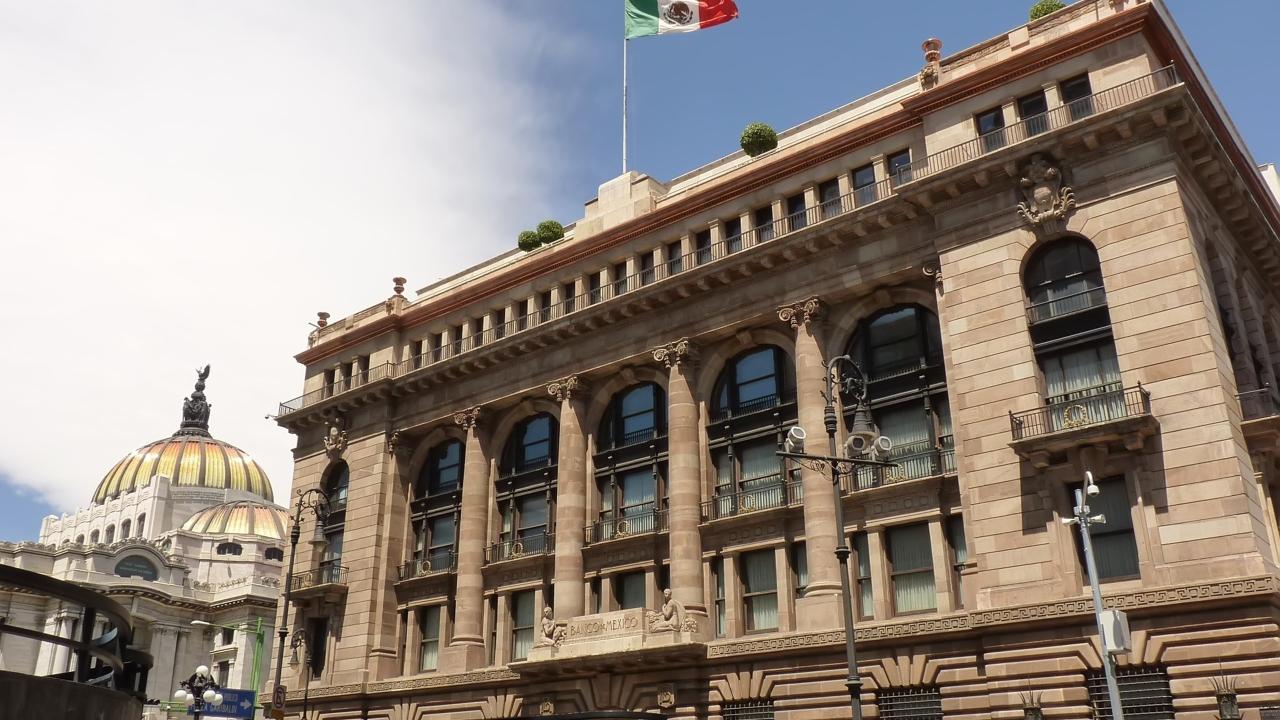
The bank has positively assessed that there has been notable progress in resolving the inflationary episode resulting from the shocks of the pandemic and the war in Ukraine.
Mexico's central bank is considering cutting interest rates by another 50 basis points at its next monetary policy meeting, bringing them to 9%, although it will take into account whether inflation continues to converge with the target and other external factors, such as possible US tariffs on the Mexican economy.
This is evident from the minutes of the last monetary policy meeting, released on Thursday, which contain the arguments taken into account by the bank's board a few weeks ago to cut rates by 50 basis points to the current level of 9.5%.
The bank has positively assessed that there has been notable progress in resolving the inflationary episode resulting from the shocks of the pandemic and the war in Ukraine.
In this regard, inflation is expected to continue to decline as previously anticipated.
"The inflation outlook looks more benign than at the most critical moments of the inflationary episode," the entity said, adding that the behaviour of underlying inflation reflects the progress achieved.
However, some members of the entity have considered that it is still necessary to ensure that the progress in the underlying component is maintained, since reaching the 3% target driven merely by the non-underlying component would be "a fleeting success and not a definitive sign of a solution to the inflationary problem."
"Faced with a winding road full of risks and challenges, we must be cautious and patient in managing the monetary stance, so the speed of adjustment should not be increased until there is greater certainty," said a member of the board.
Regarding Donald Trump's tariff policy, one member argued that the uncertainty generated should not cloud the vision or lead to hasty decisions, but that a clear focus should be maintained and measures should continue to be adopted that are consistent with the convergence of inflation to the target.
In this regard, he pointed out that going forward it is necessary to continue with the process of calibrating the monetary stance that seeks to adopt a degree of restriction consistent with the notable progress in disinflation and with the risks both on the upside and on the downside.
For most members, there is a risk associated with the possible effects of the policies that the new US administration could implement, in particular, the uncertainty related to the announcements of changes in trade and immigration policies. "Their materialization could imply pressures on inflation," the bank explained.
"We must not get ahead of ourselves and make decisions without knowledge of the facts. (...) while inflation is showing favourable behaviour today, the implementation of tariffs has not been completed," warned another member.
However, the most likely scenario for the next meeting seems to be an adjustment of a similar magnitude, since the inflationary environment is expected to allow the cycle of cuts to the reference rate to continue, "although maintaining a restrictive stance."
"At this stage, the degree of monetary tightening demanded by global shocks is no longer required. Monetary policy management must enter a new phase, in which the calibration of the restriction can occur at a faster rate in some decisions," said one of the members of the board of directors.









